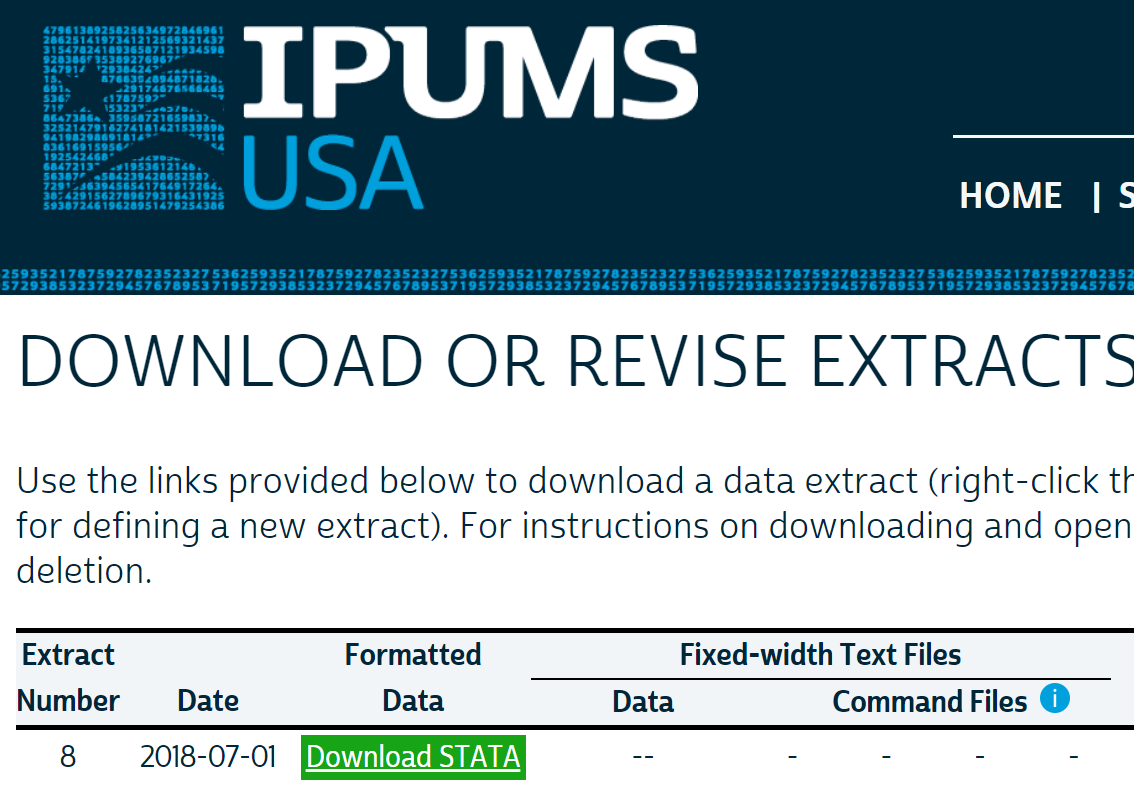
If you’re practicing your pronunciation for the IELTS exam, check out our Complete Guide to IELTS Speaking and our podcast episode on Speaking. Go to and look for the IPUMS CPS dataset.
Ipums codebook download#
You know the correct pronunciation when you hear it, but how do you get your mouth to cooperate and produce that English sound? Learn a quick tip that will get you pronouncing the “r” sound like a native speaker. Download the data, the STATA command files, and the basic codebook. Going Beyond English Pronunciation Rules (Video) So, while learning English pronunciation rules is very important, you also need to memorize the exceptions. Similarly, though most two-syllable nouns stress the first syllable, some don’t, like today (to-DAY) and request (re-QUEST). For example, while many three-syllable words ending in -or stress the first syllable, there are exceptions like behavior (be-HAV-ior) and receptor (re-CEPT-or).

For every English pronunciation rule listed above, there is at least one exception.
Ipums codebook full#
Without the right stress on certain syllables, your speech might sound like a robot! The full codebook (/cps/resources/codebooks/cpsnov18.pdf) has more detailed technical information on all the variables. This means that, in words with more than one syllable, one syllable will sound a little longer and louder than the others. “Syllable stress” refers to the syllable in a word that gets more emphasis than the others. When you say a word that only has one syllable, you only have one syllable to stress. Syllable StressĬlick below to listen to a recording of this passage. For example, the word “outside” has 4 vowels, but only two syllables, because -ou only counts as one vowel sound, while -i…e combine to form the long “i” sound (like in the word “pie”), even though they are separated by a consonant. Some vowel sounds are silent, while other sounds are made up of two different vowels. View the detailed codes and definitions for variables, statistical testing, and an explanation of sample design, methodology, and accuracy for the American Community Survey. Additionally, the number of syllables is not necessarily equal to the number of vowels. While the majority of English words have between 1-4 syllables, some words have as many as 19! This means that counting the number of syllables is not always easy.

All ig at or – 4 syllables, 4 vowels (All-i-ga-tor).


They are particularly useful in conjunction with the translation tables in Volumes 4 and 5 to review the IPUMS data transformations. PDFs of the original Current Population Survey Codebooks PDFs of many recent Current Population Reports. These codebooks do not apply to the completed IPUMS data, but describe the source samples. See our instructions for opening an extract on your PC.
Ipums codebook pdf#
The following links provide PDF versions of all available original census sample codebooks used as input for the IPUMS data series.


 0 kommentar(er)
0 kommentar(er)
